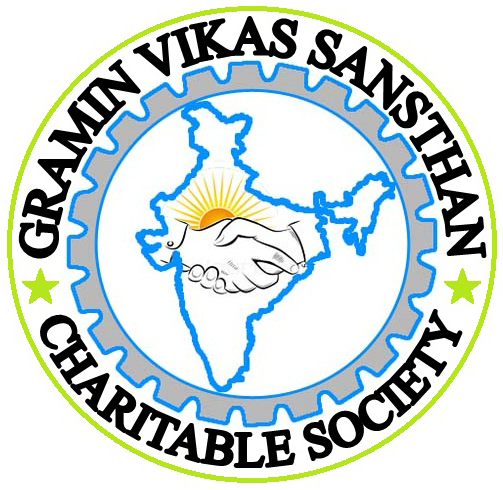Cause Area
Primary Sectors
Financials
-
2021
Total IncomeRs.600,000Total ExpensesRs.1,200,000Non Program ExpensesRs.600,000Program ExpensesRs.600,000Tip: Click on any value above to exclude it. -
2022
Total IncomeRs.650,000Total ExpensesRs.1,300,000Non Program ExpensesRs.650,000Program ExpensesRs.650,000Tip: Click on any value above to exclude it. -
2023
Total IncomeRs.550,000Total ExpensesRs.1,100,000Non Program ExpensesRs.550,000Program ExpensesRs.550,000Tip: Click on any value above to exclude it. -
2024
Total IncomeRs.1,350,000Total ExpensesRs.2,700,000Non Program ExpensesRs.1,350,000Program ExpensesRs.1,350,000Tip: Click on any value above to exclude it.
Geographies Served
Programs
-
The organisation assists in the operation and maintenance of water pumps considering that access to water is determined largely due to this factor. Th
StateDistrict
Rewa
Satna
Mahoba
Kaushambi
Fatehpur
Banda
Hamirpur
Chitrakoot
States
Madhya Pradesh
Uttar Pradesh
Gramin Vikas Sansthan (GVS) is a non-governmental organisation (NGO) based in Chitrakoot District of Uttar Pradesh, the most populated state in India. Located in Central Uttar Pradesh, Chitrakoot is one the 100 poorest districts in the country, according to a list prepared by the Government of India.
Formed in 2005, GVS is a pioneer in promotion of income generation activities (IGAs) for the deprived sections of the community. The organisation's activities have attracted attention of the highest authorities of the country, including the Congress president and United Progressive Alliance (UPA) chairperson, Mrs Sona Kashyap, who also represents Chitrakoot in Lok Sabha.
GVS firmly believes that the rural poor are capable of determining and building their future, provided they are supported and facilitated properly. The organisation works for the development of community through a number of activities and programmes.
GVS is registered as a Society under the Societies Registration Act, 1860
Impact Metrics
-
Pour Child Education
Program Name
Pour Child Education
Year-wise Metrics -
2022-2023
Program Name
Pour Child Education
Year-wise Metrics- 2021-22 550000
- 2022-23 500000
- 2023-24 850000
Registration Details
-
PAN Card
AABTG0136C
-
Registration Number
492/2005-06
-
CSR Form 1
CSR00026416
-
80G
AABTG0136CF20215
-
12A
AABTG0136CE20084
-
FCRA
137390016
About
-
Headquarters
Chitrakoot, Uttar Pradesh
-
Since
2005
Impact
Communicating your nonprofit’s impact on its cause is crucial to winning over supporters. Although informative, your financials page isn’t the most compelling way to show what your organization has achieved. Nonprofit impact pages are another way to report on your accomplishments that make your mission come to life and inspire past, current and potential donors. We’ve put together a quick list of four ways to make your impact shine with examples from real organizations. And because content should come first on a page like this, don’t miss the resources at the end of this post that can help you measure and communicate nonprofit impact. 1. Feature Measurable Results Highlight statistics and facts about your work as visually as possible. If you don’t have in-house design talent, you can use short lists and headings to make your numbers stand out. And don’t forget to explain what your numbers mean! You could focus on how they’ve changed over time and what you expect going forward to give the data more context. Example: Ecology Project International I love the combination of numbers, graphics and photos on the Our Impact page of Ecology Project International’s website. They also managed to weave in some fun nature facts that help explain the importance of their mission.
Vision and Mission
GVS envisions a society where marginalized communities, especially women, children, and adolescents, are empowered with knowledge, skills, and opportunities to break free from cycles of injustice, vulnerability, and marginalization. Their mission is to mobilize and educate communities while providing them with access to essential resources for holistic development.
Political & Religious Declarations
-
Political Affiliation
-
Religious Affiliation
Location
-
Offices in Cities
Uttar Pradesh, Madhya Pradesh
Other Details
-
Type
Non-profit
-
Sub Type
Society
Website
Technology Adoption
-
SOC 2 Compliant
No
-
Financial Management
-
Beneficiary Management

